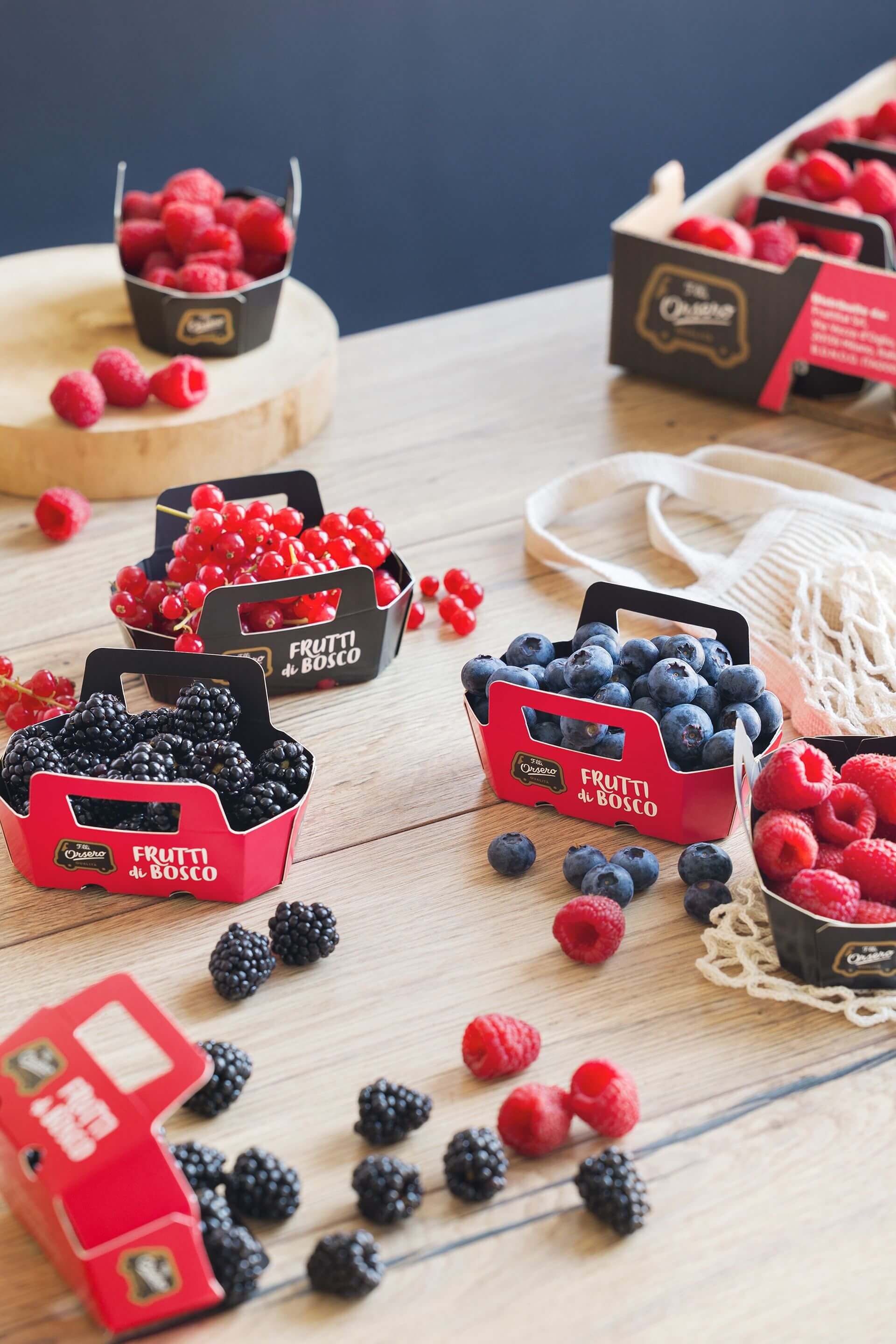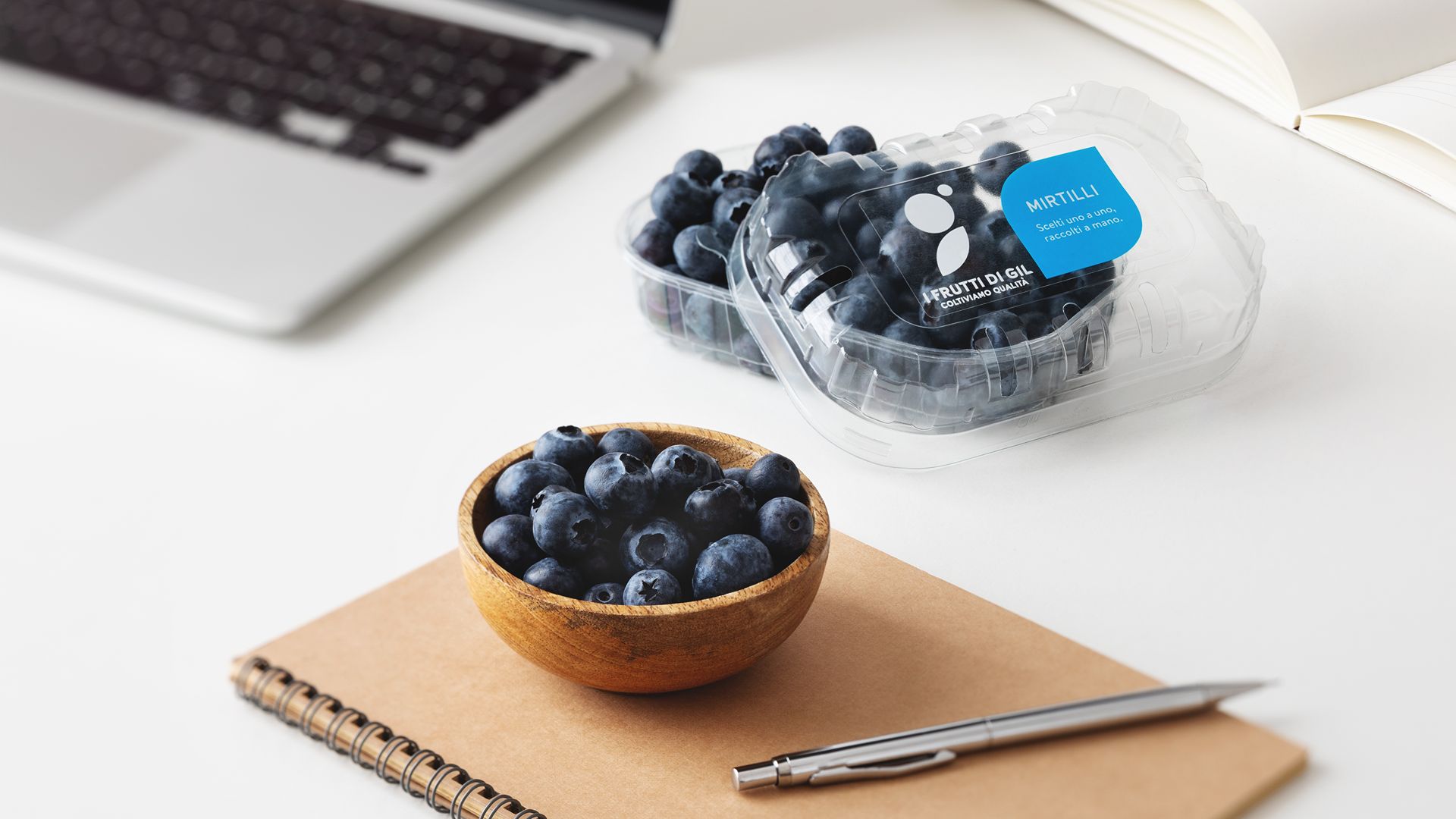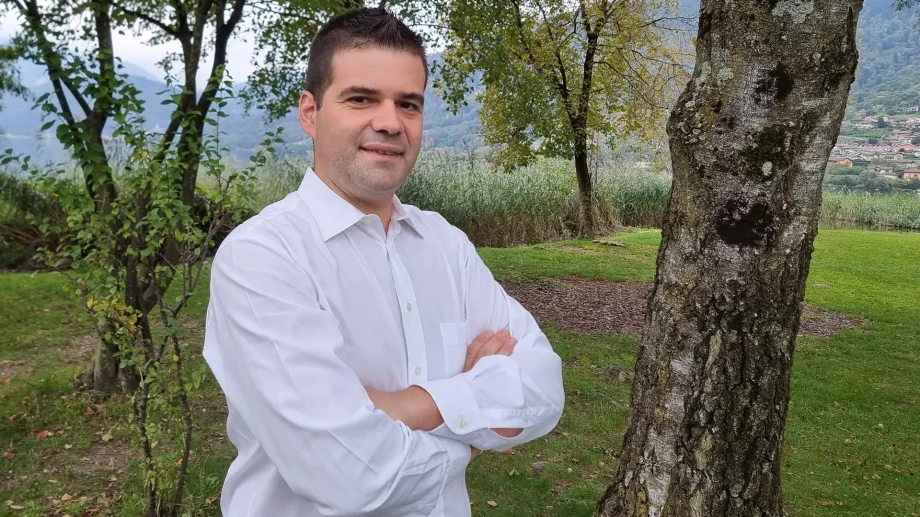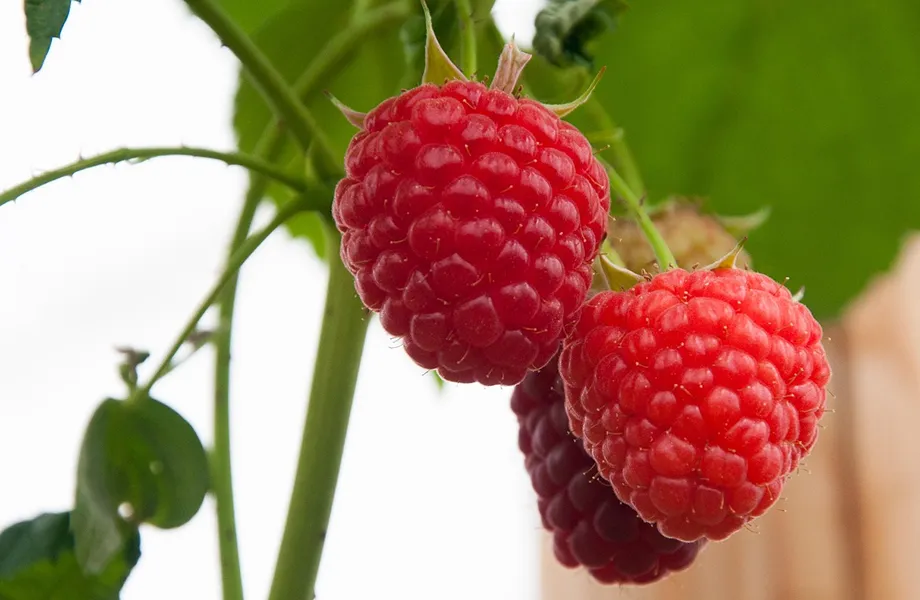“The blueberry is undoubtedly the product that drives the berries sector. It is not a utopia for Italy to aim for consumption data similar to that of benchmark markets such as Great Britain." Filippo Laghi, Product Manager at I Frutti di Gil – Gruppo Orsero, is convinced that the future of the blueberry is bright. Filippo Laghi was present in Bologna at the meeting that brought together all the main berries operators, Mirtillo Business Day, held in Bologna in 2019.
Five years later, the Group has seen the blueberry establish itself. Recently, it announced the I Frutti di Gil joint venture with Cerchia Holding of the Molari brothers, while awaiting the inauguration of a new warehouse in Verona. The warehouse will have 1200 square meters custom-built for processing berries and will be equipped with state-of-the-art machinery for grading and selecting blueberries. “The new warehouse will be operational by the end of 2024," Laghi confirmed.
The Orsero Group, which started in Liguria as a family business in the 1940s, today is one of the leaders in the Mediterranean Europe in the import and distribution of fresh fruit and vegetable products, with over 300 items. It is present in 8 countries worldwide and markets 880,000 tons of fruits and vegetables annually. In 2023, 33% of its market was in Italy, 34% in France, 28% in the Iberian Peninsula, and the remainder in Greece and Mexico.
In the same year, the Orsero Group's revenues were €1.5 billion, and the EBITDA was €107.1 million, an increase over 2022. Filippo Laghi, Product Manager at I Frutti di Gil – Gruppo Orsero, shared with Italian Berry his vision for the future of the berries sector and particularly for blueberries.
What is the consumer asking for today? Have their needs changed?
FL: Consumers are always looking for convenient and practical solutions to consume healthy and fresh products, and berries, which are easy and quick to consume, meet this need. Therefore, we imagine the future prospects of the sector in continuous growth, in line with recent years. We believe that the blueberry will continue to be the product with the highest growth potential in the sector and will have the opportunity to gain further weight within the range, growing beyond today's 50%.

What can be done to increase consumption in Italy?
FL: To grow the product range, it will become increasingly important to work on new formats that respond to different consumption occasions and on varieties that offer additional consumption options. The blueberry is a modern fruit, perhaps the most modern of the entire fruit and vegetable sector, and by working not only on quality and uniformity of taste but also on segmentation, we will be able to make a leap forward in the development of the product. Then we must focus on innovation in order to always have cutting-edge machinery for our main warehouse.
It is also necessary to pay attention to the development of different origins: to aim for the availability of quality products all year round, it is necessary not to get stuck on particular origins, thus having solutions available that can deal with contextual situations.
Looking at imports, what are the countries from which the Orsero Group's blueberries come?
FL: The main countries from which the blueberry comes are Spain, Morocco, Poland, Peru, Argentina, and Chile. Climatic aspects greatly influence production, and this year the start of the overseas season has been very complicated precisely due to adverse weather conditions that caused a production deficit in the initial production phase. This issue, consequently, leads to an expansion of the range of supplier countries and the emergence of new origins on the international blueberry producer scene.
What kind of year has it been for the blueberry?
FL: The year 2024 confirms how climate can create difficulties, not only locally but globally. On an international level, a production deficit never seen before was recorded, especially overseas, due to critical weather situations in production areas. This caused an unusual price fluctuation in September, which created significant market tension.
Speaking specifically of Italy, in 2024, production was very challenging due to the unstable climate. This year, more than other years, the weather influenced the qualitative and quantitative performance of the berries category.
Recently, I Frutti di Gil was established. How is the supply chain organized?
FL: I Frutti di Gil is the Orsero and Molari supply chain project dedicated to berries.
The Joint Venture allows for the perfect combination of the strengths of both entities. On the one hand, Molari can provide the project with its twenty-year experience in varietal improvement and nursery propagation. On the other hand, the Orsero Group deploys its unique commercial and distribution strength on the Italian scene, thanks to its widespread network of structures.
The project centers on partner producers. The producers are selected following internal audit parameters that ensure the quality of the cultivated fruits. Furthermore, careful control is conducted on agronomic, process, and ethical aspects. For I Frutti di Gil, certifications do not stop at the warehouse and processing sites but integrate the mandatory certifications with a series of optional certifications.
What more can we say about the network of producers?
FL: We build production projects guided by a very precise line: product quality, project scalability, proximity of cultivation to facilities, and complementarity of production windows. This means carefully choosing the varieties to be cultivated in geographical areas that are useful for extending the national production window as much as possible and limiting logistics by leveraging the Orsero Group's extensive network of warehouses.
The projects started to date are located in 8 Italian regions, with an important focus on Sicily, Puglia, Emilia-Romagna, and Veneto. Specifically in Sicily, we have recently activated two new plants that are added to the current producers, where the cultivation of all three main berries: blackberries, blueberries, and raspberries, will be developed.
In addition to this novelty, for the next season, new projects we are working on will be launched, including Calabria and Liguria, an emerging area. At the moment, the product is distributed in Italy, but there is a project to expand abroad, starting with a focus on the main countries of Mediterranean Europe, in synergy with the Group's structures and other companies.
Compared to five years ago, looking at blueberry production, what changes have you seen in the field?
FL: Current production in Italy records, among the main changes, an increase in the cultivated area. In our country, areas have always been limited compared to the international scene, but thanks to mechanization, producer companies with larger areas have emerged.
The other change we notice is related to the geographical shift of the fields: previously, the production areas were all in the north and all intended for summer production, while in these last five years, the south has likely surpassed the north in terms of hectares cultivated, thus also expanding the seasonality window of Italian berries.

As for cultivation techniques, the current direction is to focus on the use of innovative machinery that allows for bulk harvesting, reducing collection costs.
How are you working with large-scale retail, and can it do anything to increase berries consumption, particularly blueberries?
FL: The development of the berries sector has led large-scale retail to seek new collaborations to meet an ever-growing demand. For this reason, we are organizing some joint events, where panels for tasting new materials will be held. For us, as suppliers to large-scale retail, it is necessary to have consistency in availability and product quality for as long as possible throughout the year.
We should also emphasize the importance of segmentation, especially for blueberries, both in terms of weight and type of packaging, with solutions suitable for out-of-home consumption and family-friendly formats. The supply chain project dedicated to berries foresees the distribution of the product under two brands: I Frutti di Gil and F.lli Orsero, with segmentation by channel.
Also for marketing, we have planned activities designed for large-scale retail, such as the limited edition 'Say it with berries,' and others tailored for normal trade, such as promotional actions for fruit and vegetable shops. Our Group invests in marketing and communication because we believe in the value of the brand and in the importance of establishing a dialogue with the consumer.









